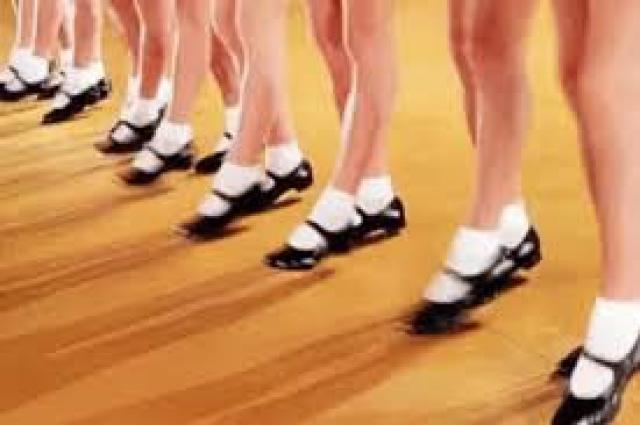Tap dance is a type of dance characterised by using the sounds of metal taps affixed to the heel and toe of shoes striking the floor as a form of percussion, coupled with both characteristic and interpretative body movements. Its roots were in minstrel shows. It gained prominence in Vaudeville, then emerged into an art form and means of expression alongside the evolution of jazz.
Tap dance has its roots in several ethnic percussive dances, including Gioube Juba Dance, English clog dancing and Irish jigs. The relative contribution of different traditions is a point of disagreement among historians and dance scholars. Tap dance is thought by some to have begun in the mid-1800s during the rise of minstrel shows. Known as Master Juba, William Henry Lane became one of the few black performers to join an otherwise white minstrel troupe, and is widely considered to be one of the most famous forebears of tap dance.
As minstrel shows declined in popularity, tap dance became increasingly popular in Vaudeville. Due to the "two-colored rule", which prohibited black people from performing solo, the majority of vaudeville tap acts were duets. This gave rise to the famous pair "Buck and Bubbles", which consisted of John "Bubbles" Sublett tap dancing and Ford "Buck" Washington on piano. The duo perfected the "class act", a routine in which the performers wore impeccable tuxedos, which has since become a popular theme in tap dance. This contrasted with the older minstrel concept of tap dancers as a "grinning-and-dancing clowns." Sublett is also known among hoofers as the "Father of Rhythm Tap" which incorporates more percussive heel drops and lower-body movements.
Tap dancers make frequent use of syncopation. Choreography typically starts on the eighth or first beatcount. Another aspect of tap dancing is improvisation. Tap dancing can either be done with music following the beats provided, or without musical accompaniment; the latter is known as "a cappella tap dancing".

